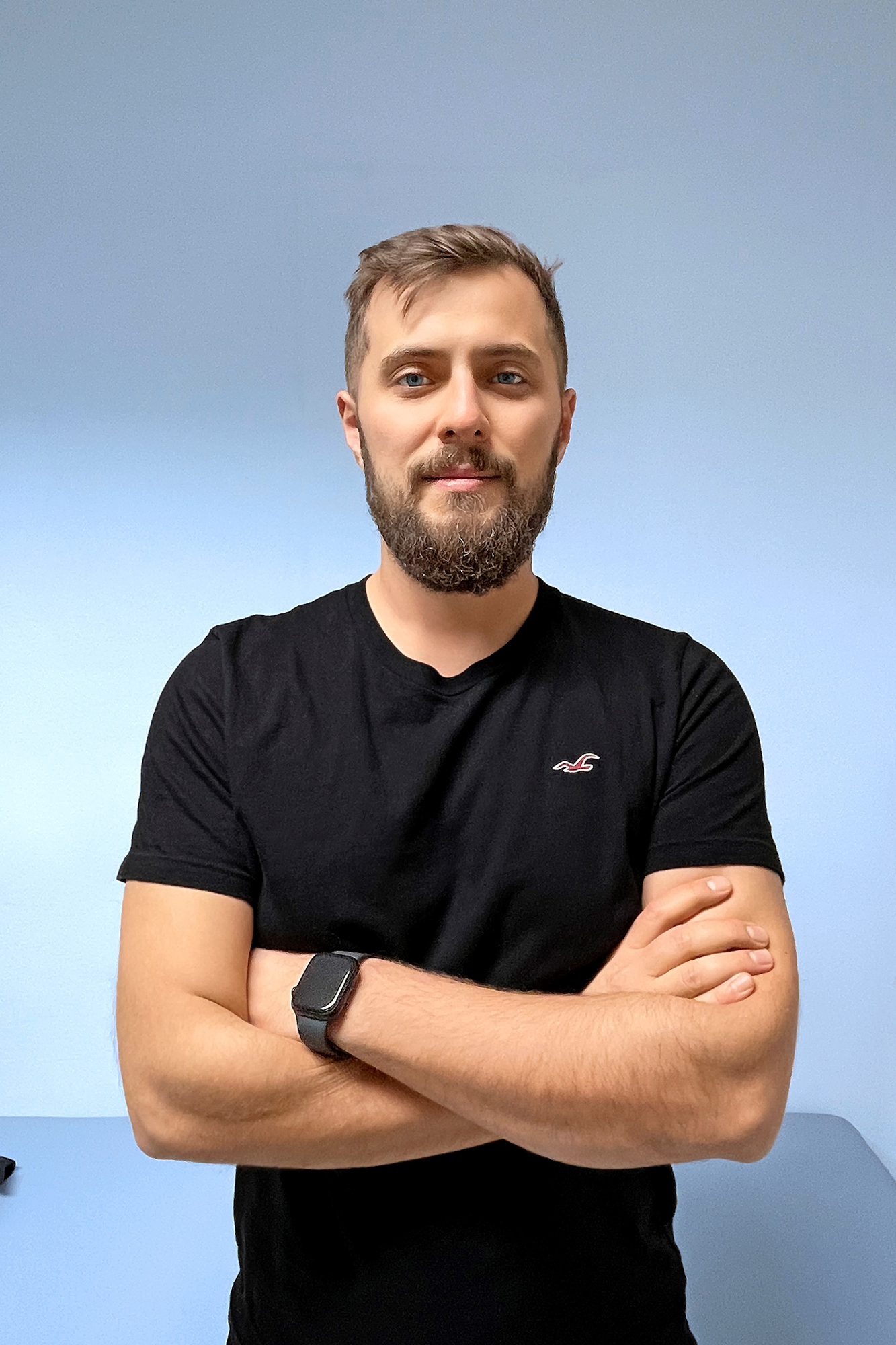Umów się na konsultację:
PHYSIOTHERAPY
Temporomandibular joint rehabilitation is a branch of physiotherapy that deals with ailments in the area of the masticatory apparatus. Dental physiotherapy includes patients after surgery of the maxillofacial region, post-traumatic patients and patients with bruxism.
What does a temporomandibular joint examination consist of?
The diagnostic examination of the temporomandibular joints includes:
- evaluation of facial symmetry ( head position, eye line, bite line)
- evaluation of the position of the mandible at rest
- evaluation of the mandibular track during movement (opening and closing)
- palpation evaluation of the temporomandibular joint area ( looking for muscle tension, snapping or clicking during mandibular movement)
- examination of the cervical region
Temporomandibular joint physiotherapy can significantly help patients with complaints such as:
- clicking, crackling, crepitations in the joint
- jumping of the mandible
- restriction of opening
- locking in opening or closing
- bruxism
- teeth grinding
- masticatory muscle pain/tension
- pain/limited mobility of the cervical region
- pain when eating/yawning
- headache ( occipital, temples)
- tinnitus
Five questions that may suggest temporomandibular joint problems:
- have you ever experienced pain in your jaw, jaw, on your temples or in the ear area?
- In the last four weeks, have you had headaches in the neck, occiput, temples?
- have you had situations in the last four weeks with strange sounds in the joint while eating?
- Have you ever had problems with opening or closing your mouth?
- Have you ever had a situation when your jaw became so blocked that you couldn’t close it?
All it takes is for the answer to one of these questions to be “YES” and this may suggest that you should consult a dentist or physiotherapist.
Meet our specialist
mgr fizjoterapeuta Michał Młynarski
On a daily basis, he deals with the rehabilitation of patients with orthopedic problems, overload syndromes, degenerative changes, after acute injuries and patients with problems within the temporomandibular joints. In practice, I use the experience I gained during courses and training. I approach each patient individually, selecting the appropriate manual techniques to bring the patient to full fitness as soon as possible.

Our patients' opinions
mgr fizjoterapeuta Michał Młynarski
 Appointment via ZnanyLekarz.pl
Appointment via ZnanyLekarz.pl